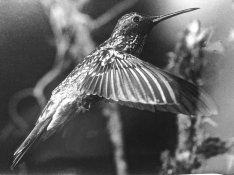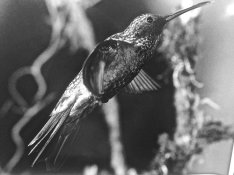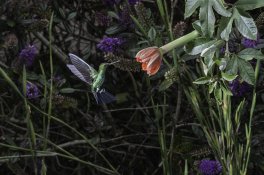I have the 90mm leaf shutter lens. In order for it to work in leaf shutter mode you need to set the body to 1/8th second.
When you hit the shutter release, the leaf shutter closes, waits for the focal plane shutter to open, the leaf then fires, then the focal plane shutter closes and finally the leaf opens again. The whole process makes the precise moment of exposure hard to predict.
The 90mm L/S lens has a U/S switch (IIRC the 165 L/S doesn't?) - U is 'usual' leaf shutter mode, S is 'special'. 'S' allows the leaf shutter to fire on it's own (using the cable release socket on the lens) by opening the focal plane shutter after closing the leaf shutter - you can fire the L/S multiple times for multiple exposures. However, you can't see through the viewfinder if you do this.
Update: see this link for more info:
https://www.pentaxforums.com/lensreviews/Pentax-SMC-Takumar-6x7-90mm-F2.8-Leaf-Shutter.html
The lens manual (which can be found online) also details how it works.





